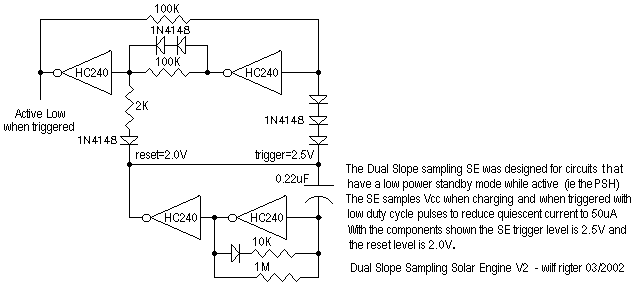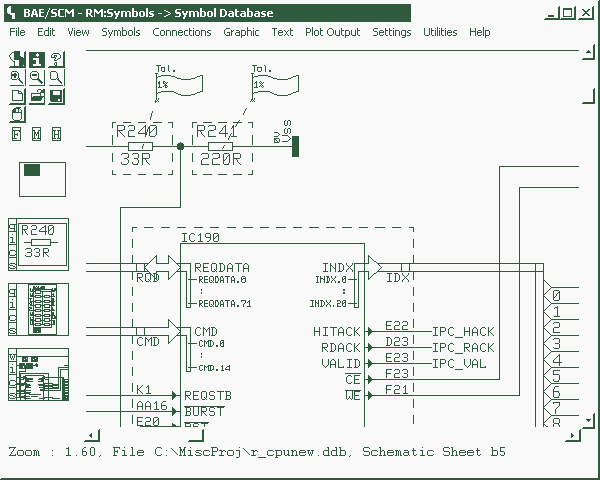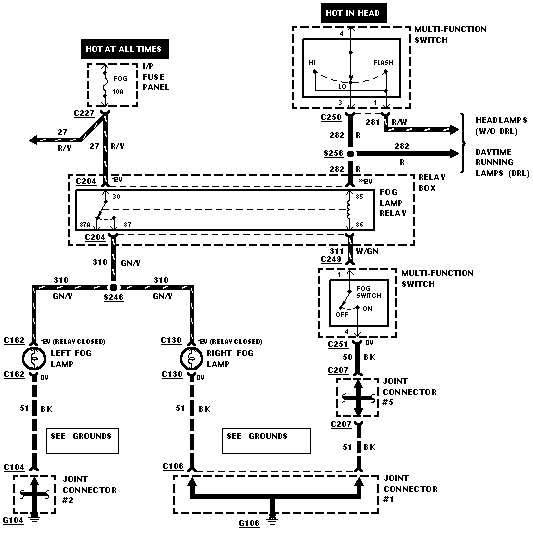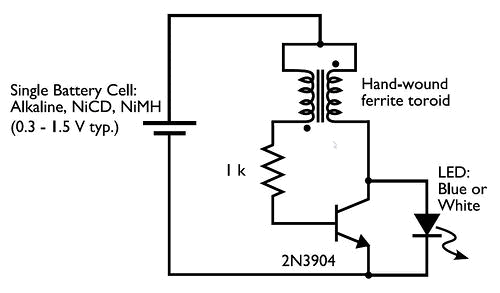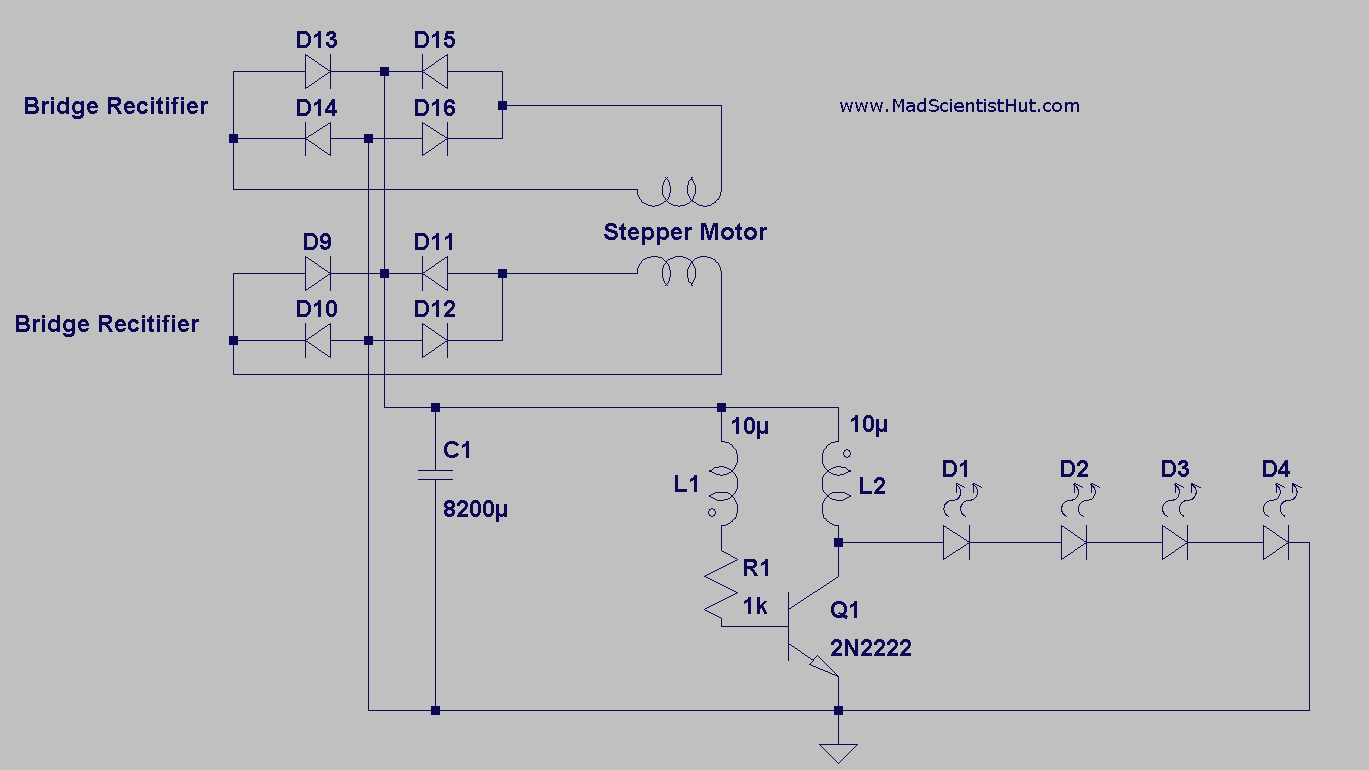
Joule thief engine
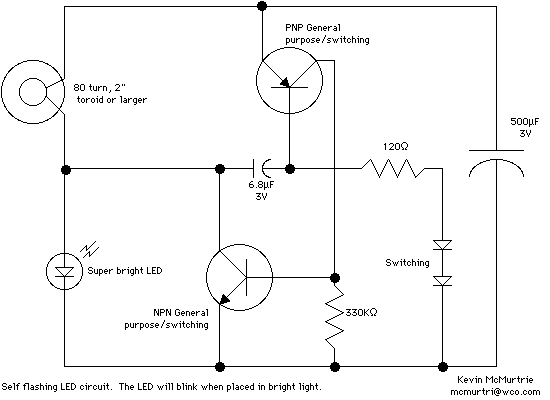
The described solar cell experiment involves a variety of components and principles that work together to harness solar energy and convert it into usable electrical power. The solar cell serves as the primary energy source, with its performance highly dependent on the ambient light conditions. The oscillator circuit, which was modified based on prior designs, plays a crucial role in managing the energy conversion process, particularly in low-light situations.
The use of a Joule Thief is a significant aspect of the design, as it allows for the amplification of the voltage output from the solar cell. By temporarily storing energy in a small capacitor (100 µF), the Joule Thief can effectively boost the voltage to a higher level, which is then transferred to a larger capacitor (1000 µF). This method of energy transfer is essential for applications requiring higher voltage, such as driving LEDs or motors.
The circuit relies on a toroidal inductor with a substantial number of turns, which is key to energy storage and conversion efficiency. The back EMF generated during the inductor's discharge phase is utilized to produce a high-voltage pulse, which is critical for illuminating the LED. The choice of LED type (green or red) affects the voltage and current characteristics, which is an important consideration for optimizing circuit performance.
Overall, the design showcases an innovative approach to utilizing low-energy solar cells, emphasizing the importance of circuit configuration and component selection in maximizing energy output from renewable sources. The integration of feedback mechanisms and energy storage elements illustrates practical applications of fundamental electronic principles in the pursuit of sustainable energy solutions.The solar cell I used in my experiment was from a set of garden lights. The voltage and current of these cells varies quite markedly with the light level: from around 4 volts and 50 mA in bright sunshine, to the 1. 2V and 90 uA indoors I experienced in my experiment under my 100W ceiling light. The oscillator circuit was adapted from an circuit I`d played with in 2005, after a post from Juan Cubillo.
It seemed to do
well in low light, so I went with a simple version of it in 2006. Scott suggests squeezing the last remaining energy from depleted batteries before we recycle them. By adding a SE this energy can be concentrated to generate bright LED flashes or pulsing a [motor\. Jo`s experiment was to use a Joule Thief to raise the output voltage of a low capacity solar cell to a more usable voltage. First the current is collected in a 100 uf cap until the Joule Thief / SE fires, which then pulses a few times to convert the 100 uf capacitor charge to the 1000 uf cap at a higher voltage.
Since a voltage boost converter output ]current\ is always less than the input current, the 1000 uf cap charges very slowly indeed. Based on the LED photovoltaic powered Joule Thief Solar Engine ( JTSE ) circuit you provided, I see now that it calls for a 2inch toroid with 80 turns ie a massive inductor.
That large inductance can store enough energy which means JTSE circuit probably doesn`t generate a burst of oscillation but rather the JTSE pulses once every time it fires like a normal SE. When the JTSE turns off, the back EMF generated by the collapsing magnetic field of coil provides a (potentially) high voltage pulse which is clamped by LED to cause the light flash.
Most green or red LED generate about 2V oc and 2 uA ! sc current in bright light. That is a lot less current and voltage than even the weakest calculator style solar cell. EDITOR(8 Sept 2008): Please note this post on the BEAM email list: > Click Here < So, the circuit on the wiki page isn`t really an SE and, unfortunately, my experimental circuit was a rather cobbled together affair that, although affording me a bit of fun, was really unsuitable to be considered at all seriously.
